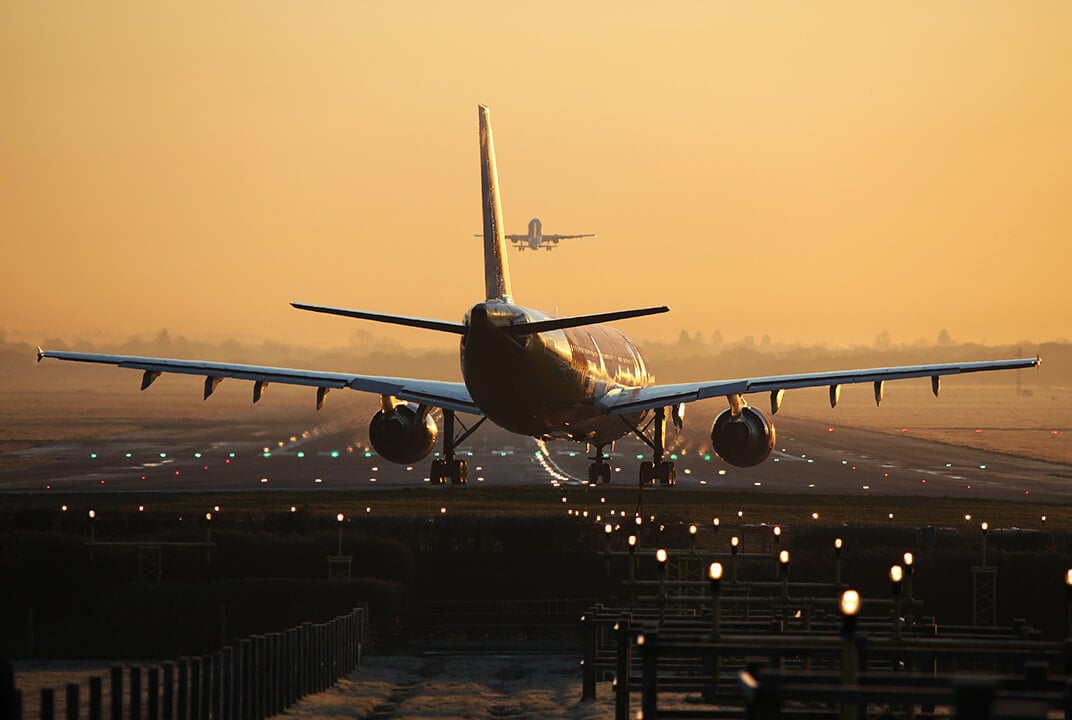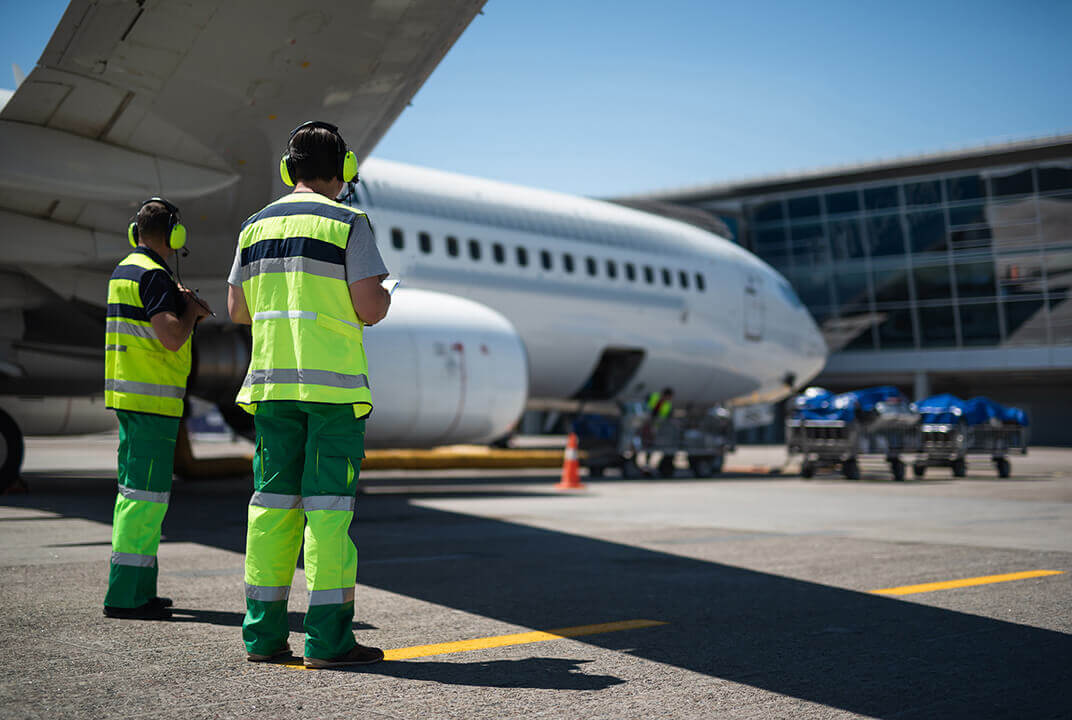Insight | What’s the big deal about the FAA's commitment to ADS-C technology?
What’s the big deal about the FAA's commitment to ADS-C technology?
Aviation
The United States Government recently published a report that outlines the Federal Aviation Administration (FAA)’s commitment to use enhanced Automatic Dependent Surveillance-Contract (ADS-C) technology in U.S. oceanic airspace, as part of its commitment to implement new international standards by 2022.
Powered by Inmarsat’s SB-S and Classic Aero services, the new technology of choice for aircraft surveillance will allow the FAA to reduce distances between aircraft, or minimum separation standards, increasing air traffic efficiency.
Why is this decision so important?
Although ADS-C has been the cornerstone of oceanic aviation safety for nearly three decades, this report is significant because it further confirms the tremendous capabilities of the technology, plus the Inmarsat services that support it. It confirms how comprehensive and critical these services are to safe flight operations over the oceans.
The report clearly outlines safety operations requirements and then explicitly endorses ADS-C as the most advanced, completely indispensable technology for air traffic control communications in the oceans. This is a source of pride at Inmarsat, as this validation of our SB-S and Classic Aero services confirms that we are the leading technology provider for the safe separation of aircraft in flight over the oceans, today and into the future.
How did this decision come about?
The report, titled FAA’s Analysis of Costs and Benefits Drove Its Plans to Improve Surveillance in U.S. Oceanic Airspace, investigated both ADS-C and space-based ADS-B technologies for the purpose of aircraft surveillance in the region.
The FAA conducted a thorough evaluation of the issues and standards relating to improving surveillance over the oceans. It contacted many stakeholders, both airlines and air navigation service providers in the U.S. and other countries around the world. It also talked to controllers around the world and asked them what concerns they may have. The thorough investigation included views from the C-suite right through to the air traffic control floor.
The report concluded that space-based ADS-B is not suitable for surveillance use in U.S. oceanic regions due to its limited capability and high cost. Significant concerns were outlined with the safety and operational challenges presented by the use of space-based ADS-B, and how it could be applied in U.S. oceanic regions. The report states that space-based ADS-B will not be implemented until these issues are resolved.
Specifically, the report states that the “FAA decided to proceed with enhanced ADS-C in the near term because the efficiency benefits to airspace users exceeded the costs of more frequent location reporting and air traffic control system upgrades by 2 to 1. In contrast, FAA determined that the costs of using space-based ADS-B in U.S. oceanic airspace outweigh the efficiency benefits by 6 to 1.”
Leading aviation journalist Bill Carey further clarified the FAA’s decision in his Aviation Week article on 25th July, stating “The FAA’s preference for ADS-C benefits London-based Inmarsat, the primary satellite network provider supporting that technology, over Aireon, which announced the operational launch of its space-based ADS-B system in April.”
What exactly is the difference between space-based ADS-B and ADS-C?
ADS-C is a two-way system that provides comprehensive information critical to flight safety (see graphic below). As ADS-C is a contract between the aircraft and air traffic control (ATC) for regular position reporting, the two-way methodology agreed by ICAO and ATC transmits position reports of the aircraft on an agreed specified frequency, typically between 10 and 14 mins, but moving to shorter intervals of 3.2 minutes to reduce separation standards in the future.
Positioning is just one of the elements of safe air traffic control in the oceans. In addition, aircraft must be equipped with communications capabilities that can provide a controller-to-pilot datalink service and voice communications – SB-S and Classic Aero services provide all of these services.
In contrast, space-based ADS-B is a one-way broadcast of only the position of the airplane. It does not provide sufficient information to properly separate aircraft over the ocean because aircraft need the aforementioned all-important communications capability and space-based ADS-B does not provide this.
On top of this, space-based ADS-B position reports don’t contain sufficient information required by the FAA air traffic control automation system, which is the most advanced in the world and requires information to identify aircraft conflicts up to two hours in advance.
What impact is this likely to have on airlines decisions about connectivity?
The report outlines that ADS-C technology will continue to be required for the foreseeable future on all flights over the ocean. This means that airlines’ decisions about how to equip themselves will not be affected.
However, in other parts of the world, the planned implementation of space-based ADS-B will require airlines to pay significantly higher air traffic fees. The report indicates that this technology is not needed because Inmarsat can provide all the services required for reduced separation standards as published by ICAO.
In short, it could be said that unlike space-based ADS-B, ADS-C is a cost-effective solution that is capable of fulfilling the next set of standards to increase airspace efficiency, as well as meeting the requirements of the future.
Related services
About the author
Joseph Teixeira is Inmarsat’s Vice President of Aviation Safety and Cybersecurity. He is responsible for our aviation safety certification and the implementation of our aviation safety and security management systems.
Prior to joining Inmarsat, he served as Vice President of Safety and Technical Training at the FAA’s Air Traffic Organisation. Joseph was also previously attached to the U.S. Embassy in London as the FAA’s senior representative for Northern Europe.


